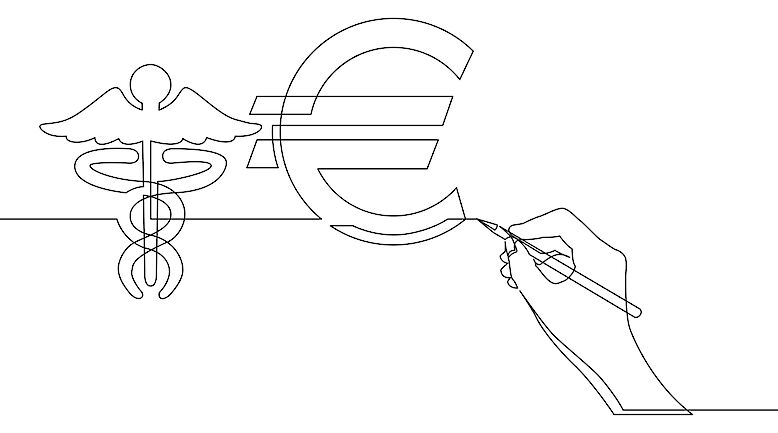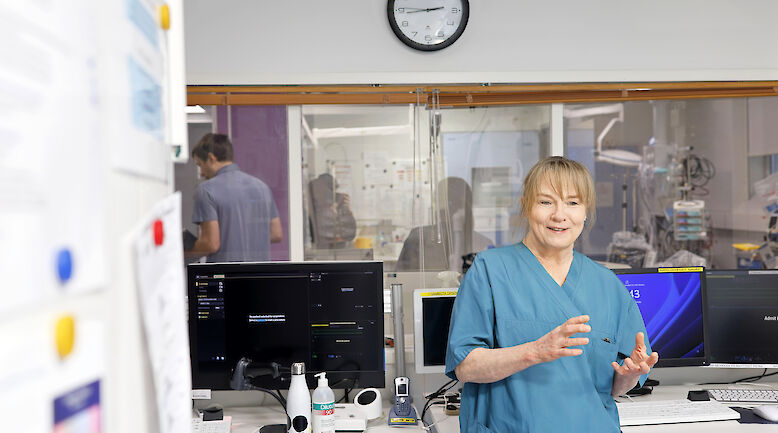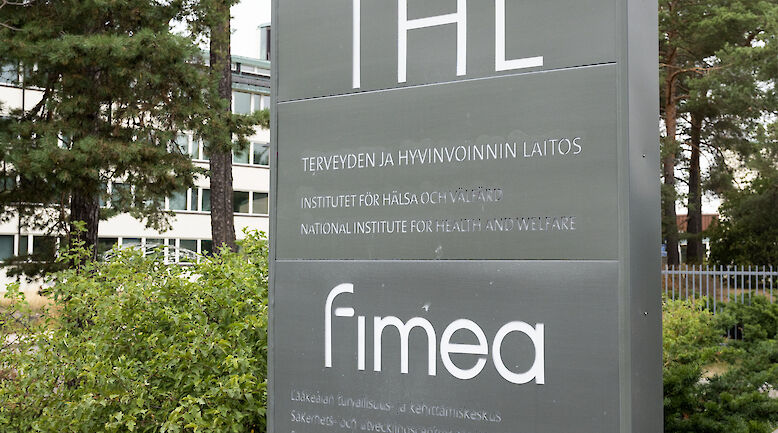The use of automated insulin delivery has improved the glucose control of children with diabetes

Background Data on glucose control and treatment modalities of <16-year-old children and adolescents with type 1 diabetes are regularly collected by national quality questionnaires. We report the results of questionnaires conducted in 2021, 2022 and 2023.
Methods Electronic questionnaire forms were sent to all paediatric units of diabetes care in Finland. Data on the number of patients followed-up, insulin treatment modalities and glucose control were collected. In 2022 we also asked the units to describe the strengths and challenges they experienced in the care of their patients.
Results Use of automated insulin delivery has increased quickly among paediatric and adolescent patients with type 1 diabetes. Mean HbA1c has slowly decreased being 57.7 mmol/mol in 2023. In 2023, 30.9 % of the patients were in good metabolic control (HbA1c < 53 mmol/mol), and 10.3 % in very poor control (HbA1c > 70 mmol/mol). Time-in-range was highest among the users of automated insulin delivery systems.
Conclusions Glycemic control improves, but majority of children and adolescents with type 1 diabetes do not reach international targets. Diabetes teams have a concern over staff availability and on their vocational competence. Perceived strengths are multidisciplinary teamwork and possibilities offered by new technologies.













